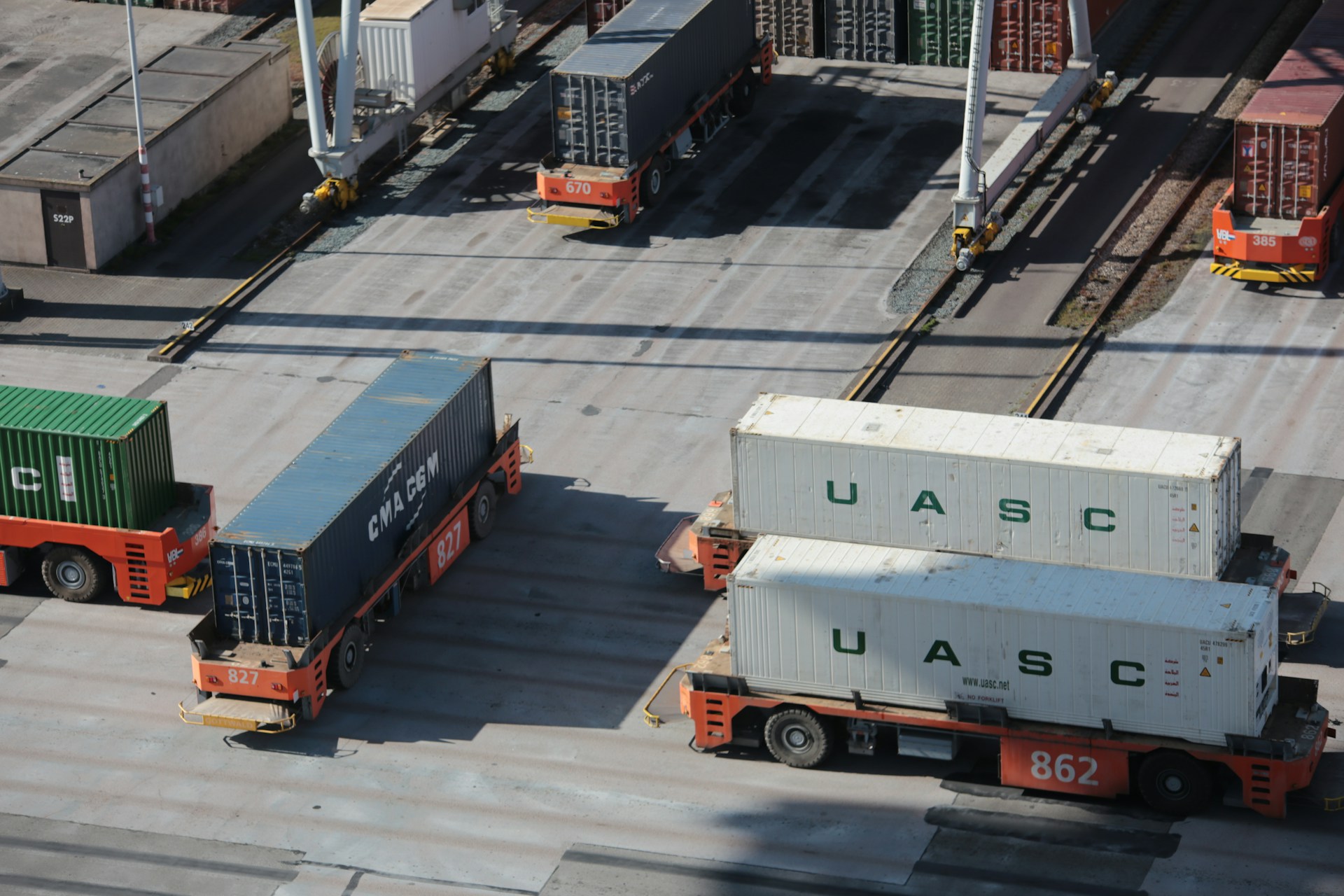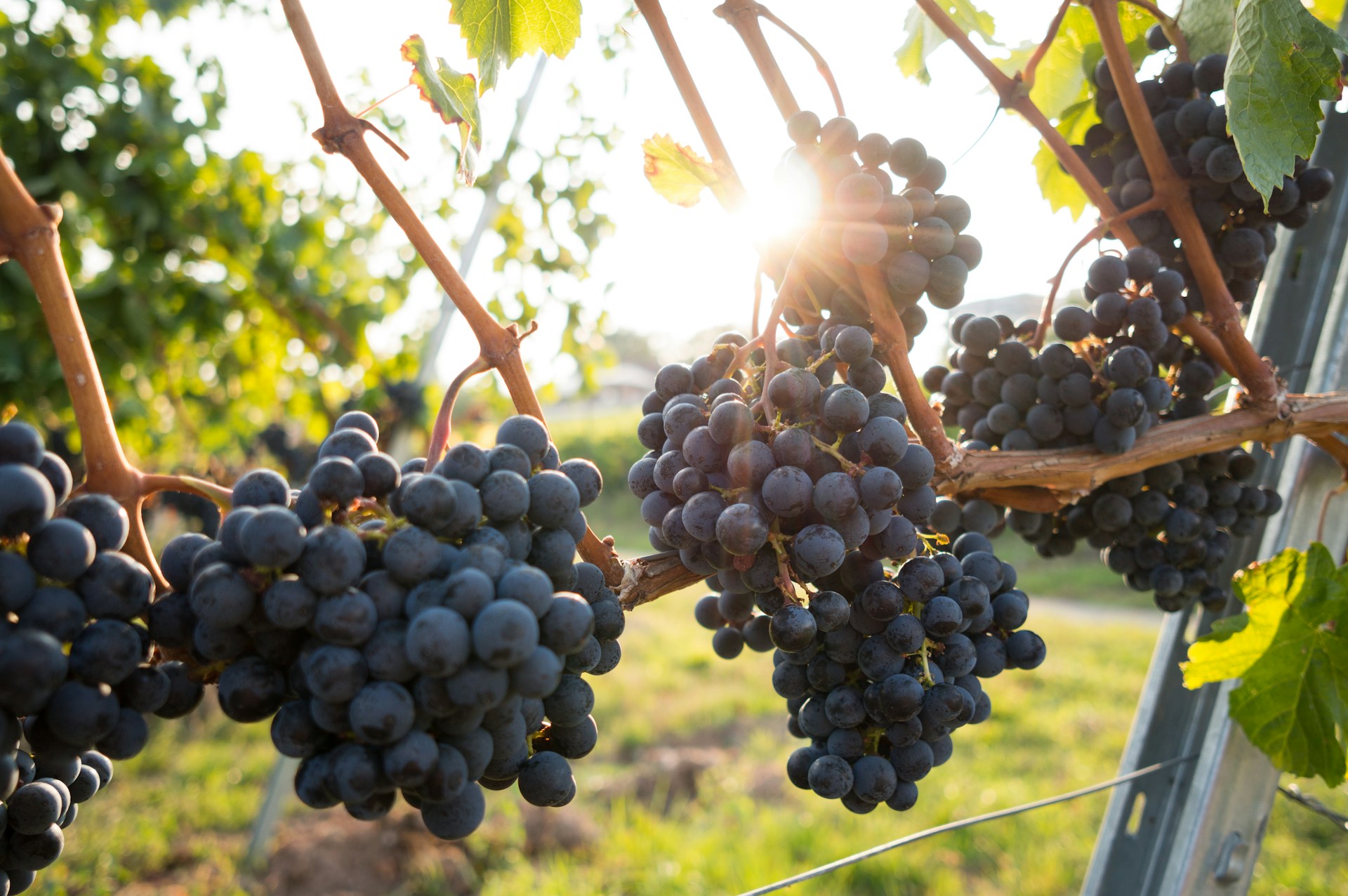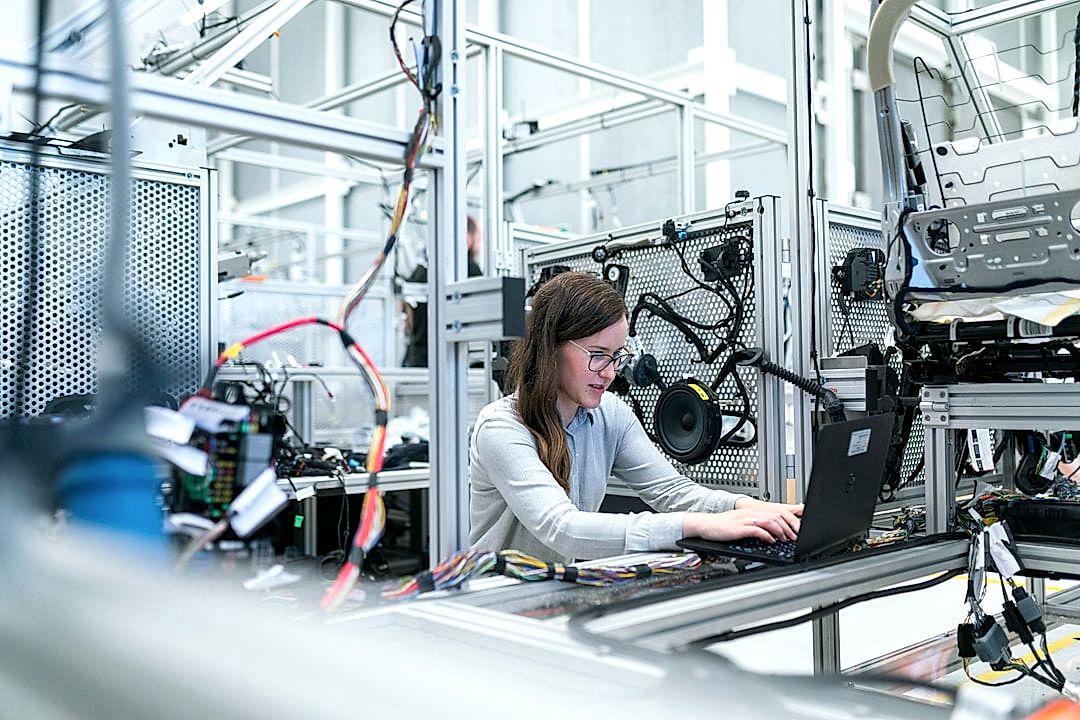In the fast-paced world of agriculture, efficiency is paramount.
Advanced technologies are radically transforming how produce is packaged, significantly increasing speed and productivity.
These developments aren’t merely advantageous, they’re necessary, given the rapid growth in global food demand.
An array of innovations — from automation to intelligent packaging solutions — are being used to shrink production cycles and enhance product quality.
This blog explores the impact of these technologies in streamlining packaging processes for agricultural produce.
Through these lines, you’ll gain insights into how technology is serving as the linchpin for progress in the agriculture sector.
Contents
Technologies Improving Produce Packaging Speed
1. Automated Packaging Robotics
At the heart of advancing technological innovations lies the proliferation of Automated Packaging Robotics in the produce packaging industry.
This technology significantly increases the speed and efficiency of the produce packaging process.
By reducing manual labor, automation not only streamlines operations but also aids in maintaining hygiene and minimizing packaging errors.
The use of robotic automation in produce packaging has opened up a new era of higher production rates, increased accuracy, and better productivity.
Automated packaging robots are designed with intricate gripping and maneuvering mechanisms that ensure each product is handled with optimal care, preventing damage and loss.
From picking and placing items to sealing, labeling, and palletizing, each packaging phase is taken care of meticulously by automated robotics.
Robotic automation in packaging allows for consistent speed and precision that manually executed procedures simply can’t match.
By eliminating the influence of human fatigue and error, it furthers productivity, ensuring output doesn’t falter.
With their capacity for non-stop operation, these machines inevitably speed up the overall packaging process.
Automated packaging robotics are also equipped with integrated sensors and vision systems for quality control, ensuring each packaged produce meets established industry standards.
This technology also constitutes a step forward towards sustainable practices as it significantly reduces waste generation from the packaging process.
Moreover, this automation is highly adaptable, making it possible to tailor the system according to specific packaging requirements.
Through the use of sophisticated software, adjustments can be made quickly and efficiently, encouraging a more agile production environment.
By offering an innovative solution to traditional packaging challenges, automated packaging robotics are truly revolutionizing the packaging industry, making it faster, more efficient, and more reliable.
The integration of automation in packaging processes is definitely proving to be a game-changer in the industry and an invaluable technological advancement.
Therefore, it is imperative for businesses aiming for increased productivity and profitability to consider investing in this technology.
2. Smart Packaging Sensors
The integration of smart packaging sensors in the produce packaging process has drastically improved the speed and overall efficiency of the packaging operations.
These innovative devices have the ability to detect, measure, and respond to various physical or environmental changes during packaging.
This feature alone has made smart sensors a vital tool in achieving speedy and more accurate packaging results.
Sensor-based packaging systems are changing the narrative in the produce packaging industry with their speed-enhancing qualities, making this technology indispensable in today’s packaging processes.
Two main types of sensors are frequently utilized in the packaging industry; the pressure sensors and the temperature sensors.
Pressure sensors aid in regulating the force applied on different items during packaging, preventing damages that might have resulted from excessive pressure application.
On the other hand, temperature sensors work to adjust and maintain favorable temperatures for certain types of produce during packaging, ensuring the product remains fresh even after packaging.
These operations are conducted in real-time which drastically reduces the time taken packaging, resulting in a significantly higher packaging speed.
For instance, if a sensor notes any anomaly in the packaging process, it triggers an immediate response, resulting in quicker error detection and correction.
Moreover, smart sensors in packaging can collect and utilize data to predict future packaging needs or detect patterns that could be optimized for speed enhancement – a factor that contributes majorly to streamlining operations.
The incorporation of artificial intelligence (AI) and the internet of things (IoT) in sensor technology has further increased the speed and efficiency of packaging.
AI allows for predictive packaging by making intelligent decisions based on previously gathered data – a process that has significantly reduced unnecessary delays, thus promoting packaging speed.
IoT, on the other hand, enhances communication between various packaging machines equipped with smart sensors, enabling a smoother and faster packaging process.
By monitoring and controlling the packaging conditions such as light, humidity, temperature etc., these sensors ensure optimal packaging conditions, thus contributing to faster and more efficient packaging.
The implementation of smart packaging sensors has truly revolutionized the packaging industry by offering speedy, accurate, and efficient packaging solutions.
3. Advanced Conveyor Systems
As part of the unprecedented advancements in technology, advanced conveyor systems have begun to shape the dynamic in modern produce packaging.
These systems significantly contribute to increased efficiency, boosting the speed of packaging processes.
With the introduction of high-speed conveyors, produce packaging has seen faster handling and transportation through packaging facilities.
Advanced conveyor systems are gradually replacing manual labor, reducing errors and ensuring consistent quality production.
Intricate designs of conveyors, coupled with advanced technology, allows for smoother and quicker movement of produce along the production line.
Furthermore, automation in conveyor systems not only improves speed, but also brings about a profound increase in overall production output.
Automation also reduces potential risks related to manual handling, thus ensuring better safety measures are put into place.
By using laser-guided vehicles and automated guided vehicles, the transfer of goods through different stages of packaging processes has become faster, safer, and more reliable.
Today’s advanced conveyor systems also integrate sorting and distribution functions, which further optimizes the workflow and reduces the time it takes to package produce.
Moreover, the incorporation of software in these systems allows for systematic control of the entire package process based on real-time information and data, bringing precision and high-speed capabilities together for maximum productivity.
With predictive maintenance technology, potential faults or issues with the conveyor can be identified and addressed before they become a major problem, minimizing downtime and maintaining high-speed operations.
By utilizing smart sensors and advanced conveyor belts, an efficient packaging line is established that ensure speedy sorting and packaging.
The flexibility of these systems not only contributes to speed, but also allows for scalability and adaptability to rapidly changing production demands.
Lastly, implementing an advanced conveyor system can result in energy savings and environmental benefits, due to a reduced need for human labour and less waste produced.
In the end, Advanced Conveyor Systems have revolutionized the way produce is packaged, leaving no doubt about their essential role in improving packaging speed.
4. Machine Learning Algorithms
Machine learning algorithms play a significant role in the advancement of technologies that increase the speed of produce packaging.
These algorithms analyze complex datasets collected during the packaging process, identifying patterns and making predictions to optimize operations.
By processing this data, machine learning algorithms can effectively determine the most efficient packaging techniques for different types of produce, reducing the time it takes to package each item.
Implementing machine learning systems can drastically augment the speed of packaging while maintaining or even enhancing the quality of produce packaging.
The use of these sophisticated algorithms in the packaging industry is a form of predictive analytics, enabling the prediction of optimal packaging mechanisms to save time and resources.
These predictive models are continually refined as new data is collected, ensuring that the packaging procedures remain as efficient as possible.
They also offer the ability to quickly adjust to changes in the type or quantity of produce being packaged, which increases the flexibility of the packaging process.
Machine learning algorithms can also be used to predict potential bottlenecks in the packaging process and adjust operations in real-time to avoid these slowdowns.
With the application of machine learning, the high-speed real-time data processing capability has led to greater efficiency and productivity in the packaging industry.
These state-of-the-art algorithms can also boost the level of precision in the packaging process, making it possible to package produce more quickly without compromising on the quality of packaging.
Additionally, they can be used to optimize the use of packaging materials, leading to reductions in waste and cost.
Due to their learning capability, these algorithms are also able to adapt and improve over time, leading to continual enhancements in packaging speed and quality over time.
Through the detailed analysis of data and the consequent adjustments to the packaging procedures, machine learning algorithms contribute significantly to the goal of faster, efficient and high-quality packaging.
This integration of machine learning in the production and packaging processes is a key trend in the digital transformation of the industry.
As these technologies continue to evolve, even greater increases in packaging speed and efficiency can be expected, ultimately making the packaging of produce more streamlined and cost-effective.
The Bottom Line
The rise of automated packaging robotics, smart packaging sensors, advanced conveyor systems, and machine learning algorithms indicate a strong pivot towards automation in the packaging industry.
This shift not only streamlines the packaging process but also enhances efficiency and accuracy, while minimizing human error.
Furthermore, the integration of these technologies revolutionizes the industry by offering more customization and flexibility in packaging.
Future advancements promise even more dynamic and innovative changes, affirming the integral role technology plays in shaping the trajectory of the packaging sector.
Overall, these developments mark the onset of new possibilities and opportunities for businesses in the packaging sphere.




